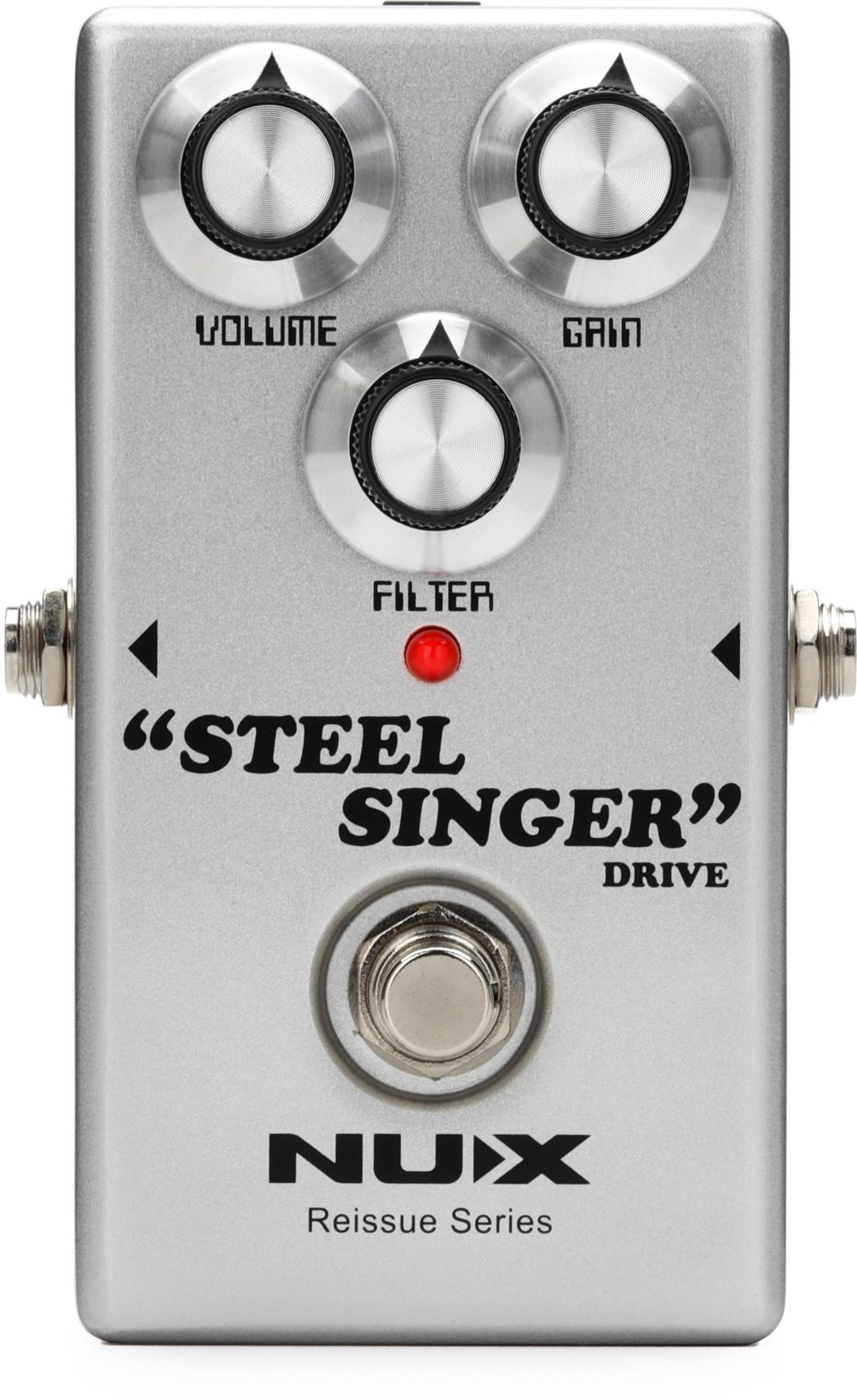Chops: Beginner
Theory: Beginner
Lesson Overview:
• Develop a plan to increase your speed.
• Learn how to map out scales and arpeggios over the entire fretboard.
• Create your own practice regimen while systematically refining fundamental fretting and picking techniques.
Click here to download a printable PDF of this lesson's notation.
Over time I’ve come to realize I’m drawn toward guitarists who have a certain touch—a sonic swiftness that has always caught my ear. Though they all have their own distinctive sound and rigs, there’s a common thread running through their music that draws me in. Players like Mark Knopfler, Eric Johnson, Joe Bonamassa, and Brent Mason all share this trait.
Such fluidity can be attributed to many variables, but one is that these guitarists have built up the necessary muscles in their hands to sound relaxed while playing at fast tempos. When they execute perfectly articulated single-note frenzies, it appears almost effortless. In this lesson, I’ll show you some simple ways to begin developing this skill—one that should appeal to any guitarist who aspires to play at a high technical level. By minimizing unnecessary movements, these exercises will help you play more efficiently and increase the accuracy of your attack.
The player who showed methe four-note-per-string exercise in Ex. 1 called it playing “quasi-chromatics.” The goal here is to use minimal right-hand wrist movement and keep your attack as even as possible with the smallest amount of dynamic variation. You want the notes to sound like machine-gun bullets.
In terms of right-hand technique, you can either use straight alternate picking or a hybrid approach. For the latter, I suggest a pick-middle-pick-ring combination. It’s important to keep a very loose grip on the pick—almost to the point of dropping it. You want to feel as little tension as possible, so remember to relax!
Always use a metronome for this type of workout. I know you’ve heard it before, but start slow, say 16th-notes at 100 bpm. Once you’re comfortable, start changing tempos. I like to go down 2 bpm and then up 5 bpm from that speed. I’ve found this variable tempo approach delivers optimal results and works well to maximize my practice time.
Some metronome apps allow you to automate tempo increases over a specific period of time. That’s super handy—something you might want to explore.
Click here for Ex. 1
One way to move this idea forward is to break up the pattern and incorporate string skipping (Ex. 2). Pay attention to how your hands navigate the forward and backward motion that’s built into this exercise. Both hands need to remain in perfect sync as you make the repeating “jump over, move back” moves.
Feeling ambitious? Now play through the example fretting the notes using only your 2nd, 3rd, and 4th fingers. The idea here is to go against the grain of what feels most natural. The benefit? Your fretting hand becomes stronger and more relaxed. The more relaxed you are, the faster you can play.
Click here for Ex. 2
In Ex. 3, I’ve applied a similar concept to the G major scale (G–A–B–C–D–E–F#–G). There are two different patterns here. The first half of the example is ascending groups of four from each scale degree (1–2–3–4, 2–3–4–5, and so on). The second half consists of a three-note pattern (1–2–3, 2–3–4) that flows through each scale degree. There are tons of these patterns. Try to come up with a few of your own and mix them into your own practice sessions.
It’s important to apply these ideas to all five positions of the G major scale. Once you’ve mastered the moves in the G major scale, apply them to different keys—especially the odd keys that guitarists don’t usually play in, like G# or Eb. This will not only help with technique, but also sharpen your fretboard knowledge.
Click here for Ex. 3
Of course, what goes up must go down. Ex. 4 incorporates descending versions of both patterns from Ex. 3.
Click here for Ex. 4
I also like to arpeggiate chords across all six strings while moving through the G major scale’s diatonic triads (G, Am, Bm, C, D, Em, and F#dim), as illustrated in Ex. 5.
The notes need to be staccato, clear, and articulate. Work through this exercise using both alternate and hybrid picking techniques, and keep in mind the looseness required to increase your speed.
Click here for Ex. 5
My daily amount of allotted time for these exercises are as follows:
- 10 minutes for “quasi-chromatics” (five minutes devoted to conventional fingerings and five minutes to modified fingerings).
- 10 minutes for scales (five scale positions, two minutes per position).
- Two minutes arpeggiating each of the diatonic major and minor triads shown in Ex. 5 (that’s three major and three minor triads), plus three minutes spent on the diminished arpeggio.
Build those muscles! By doing so, you’ll develop a relaxed, fluid technique that ultimately allows for greater speed and control. Now, get to work.







![Rig Rundown: Russian Circles’ Mike Sullivan [2025]](https://www.premierguitar.com/media-library/youtube.jpg?id=62303631&width=1245&height=700&quality=70&coordinates=0%2C0%2C0%2C0)



















